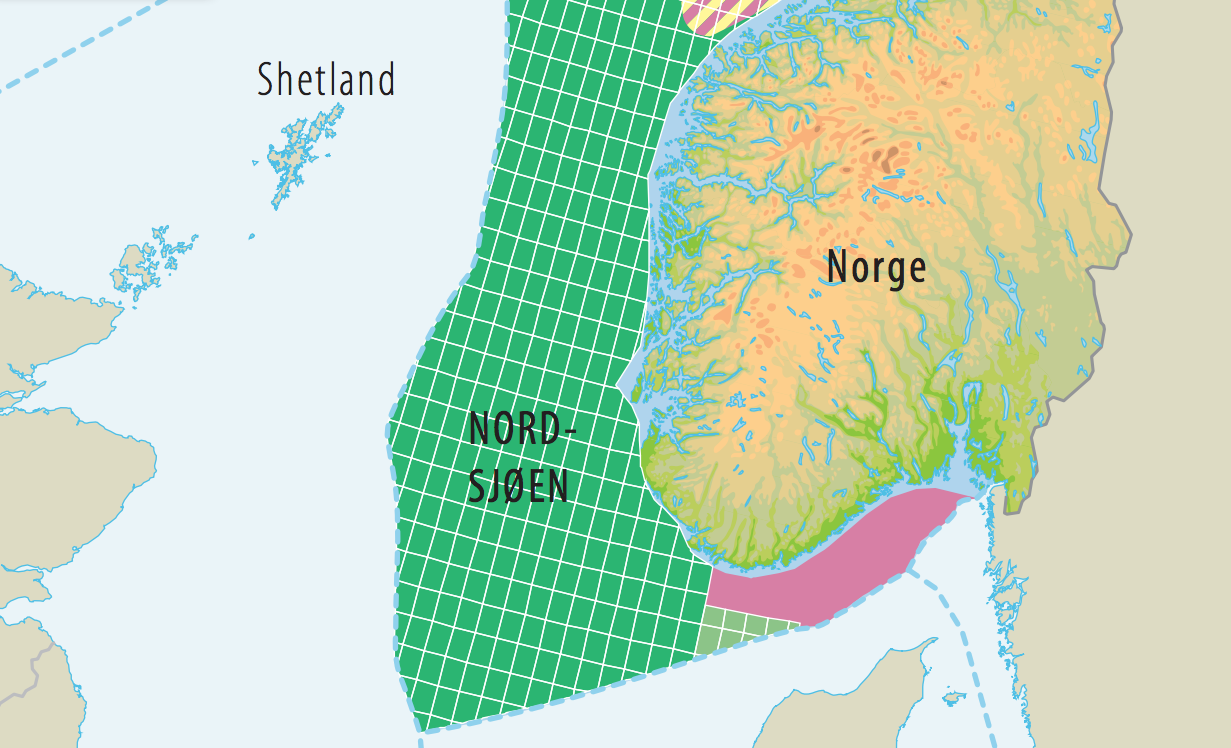The NCS is divided into blocks, defined by geographical coordinates. These are important in the petroleum business because a PL usually covers part or all of a block, or several blocks. Each PL is awarded to one or more companies through ordinary offshore licensing rounds – usually staged every other year – and the awards in predefined areas (APA) scheme.
Normally held on an annual basis, the APA rounds cover mature areas of the NCS and are intended to ensure that the industry explores acreage close to existing or planned infrastructure. That in turn is intended to help ensure good capacity utilisation for Norway’s offshore production installations and transport systems.
An ordinary round usually begins with the Ministry of Petroleum and Energy (MPE) inviting oil companies to nominate blocks for award. After a thorough review of these proposals, the MPE – with input from the Norwegian Petroleum Directorate (NPD) – draws up a list of blocks to be put on offer.
The next stage is a round of consultations and negotiations with such interests as the fishing industry and the environmental authorities. Following that, the MPE announces the blocks being offered and the environmental and fishing-related terms involved, and invites applications from companies – either individually or in groups.
These applications form the basis for awarding PLs. If several companies apply jointly, the government assesses the group’s composition, overall expertise and recommended operator. Companies which apply on their own, however, could be put together by the authorities with other individual applicants to form a licence group. Before awards are made, the government assesses the technical expertise, geological understanding, financial strength and experience of the various applicants. A PL confers both rights and duties. Pursuant to Norway’s Petroleum Activities Act, detailed conditions are specified for each licence. These include an exclusive right to pursue reconnaissance, exploration drilling, and production of oil and gas within the specified geographical area.
The licence normally lasts for an initial period of four to six years, and the licensees can apply to have this extended for up to a decade. During that time, they must conduct an agreed work programme in the form of surveying and/or exploration drilling. When the initial term is over and the work programme completed, the licensees can apply to extend the PL – generally for another 30 years.
If exploration drilling fails to identify oil or gas, the general rule is that the acreage must be relinquished when the initial period expires. Licensees of PLs issued before 2004 can generally speaking retain 50 per cent of the area for up to 30 years – providing the work commitment has been completed. The 20th round in 2008 introduced a new rule which requires a broad public consultation process on the proposed blocks to be put on offer.
This reflects the MEP’s desire for more openness, so that the various social interests affected can comment before new licences are awarded. Both social and technical aspects must be covered. Today, 47 years after the first Norwegian licensing round was announced, the NPD is working on the 22nd ordinary round. It is finding that oil company interest in the NCS remains strong.
